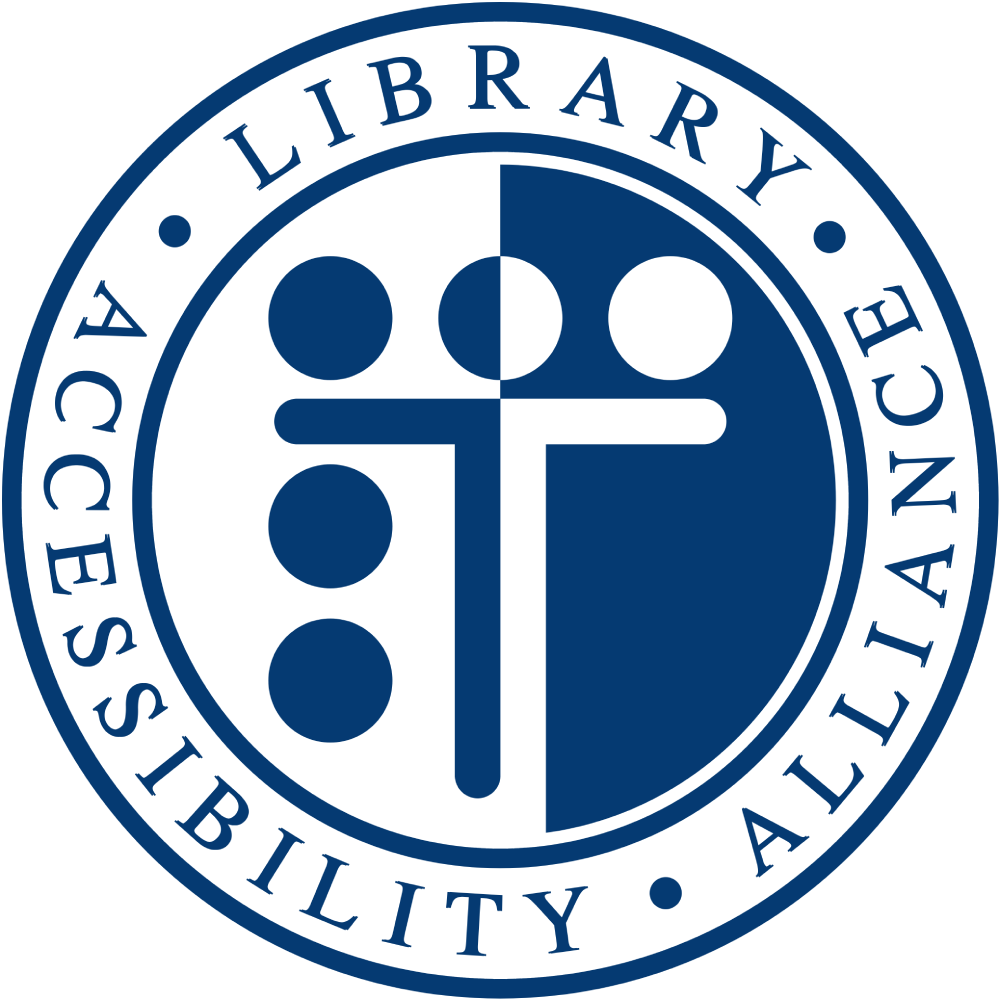Accessiblü conducted a high-level accessibility evaluation of the Taylor & Francis eBooks platform to assess its usability for individuals with disabilities. The review was conducted using the JAWS screen reader, keyboard-only navigation, and manual inspection for conformance to select WCAG 2.2 AA success criteria.
Key Findings
The Taylor & Francis platform demonstrates a mixed accessibility profile with several commendable features alongside significant barriers that impact users with disabilities. During our evaluation, we identified both positive implementations and critical issues that prevent effective platform usage for screen reader users and keyboard-only users.
Positive Aspects:
- Well-implemented heading structure throughout most pages
- Properly coded tab interface with appropriate ARIA states
- Functional advanced search form with properly labeled fields
- Clear announcement of search result counts
Critical Issues: The platform presents several notable accessibility barriers including keyboard traps in search functionality, missing alternative text for images (particularly in carousel elements), improperly implemented filter controls, and substantial PDF accessibility issues. These problems collectively create an experience that ranges from frustrating to completely inaccessible for some users with disabilities.
Addressing these concerns would significantly improve the platform's usability for persons with disabilities, particularly those using screen readers and keyboard-only navigation methods.
Top 3 Issues
Keyboard Traps in Search Interface
- Brief description: Search combo boxes and filter elements create keyboard traps, preventing users from navigating away without using the Escape key, which is not communicated to users.
- Impact: Keyboard-only users and screen reader users become stuck in interface elements, unable to proceed with normal navigation.
- WCAG Success Criteria: 2.1.1 Keyboard (A), 2.1.2 No Keyboard Trap (A)
Missing Alternative Text for Images
- Brief description: Carousel images, book covers, and graphics lack meaningful alternative text, with some appearing as unlabeled "link graphic" elements.
- Impact: Screen reader users cannot access visual information, missing crucial context about books, navigation elements, and promotional content.
- WCAG Success Criteria: 1.1.1 Non-text Content (A)
Improper Filter Implementation
- Brief description: Filter controls are coded as links instead of checkboxes, preventing users from making multiple selections and causing unexpected page refreshes.
- Impact: Users cannot effectively filter search results, as each selection triggers a page reload rather than allowing cumulative filtering.
- WCAG Success Criteria: 4.1.2 Name, Role, Value (A), 1.3.1 Info and Relationships (A)
Disabilities Impacted
Blind and Low-Vision Users
- Issues: Missing alternative text for images, keyboard traps in search interface, inaccessible carousel without pause functionality, unlabeled filter controls, and poorly structured PDF content.
- Impact: Screen reader users face significant barriers in discovering and accessing academic content, with many platform features being partially or completely inaccessible.
Users with Motor Disabilities
- Issues: Keyboard traps requiring Escape key usage, non-functional back-to-top button, auto-playing carousel without pause controls, and unpredictable focus management.
- Impact: Keyboard-only users experience navigation difficulties and may become trapped in certain interface elements, preventing efficient platform usage.
Neurodiverse Users
- Issues: Auto-playing carousel content, inconsistent interface behaviors, lack of clear feedback when filters are applied, and complex navigation patterns
- Impact: Users with cognitive disabilities may struggle with the unpredictable interface behaviors and lack of clear status updates when interacting with search and filter functions.
 Library Accessibility Alliance
Library Accessibility Alliance